Learn About Salesforce.org's App Development Model
Learning Objectives
- Describe the building blocks of the Salesforce.org app development process.
- Explain how a CRM like Salesforce can streamline running a food bank.
Thanks for joining us on this path to building a Salesforce app. In this overview module, we’ll introduce you to a fictional set of characters who are collaborating on a large Salesforce.org open source project. Through their story, you’ll learn about the Salesforce platform, Salesforce.org products like Nonprofit Success Pack (NPSP), and how they can both benefit your organization. You’ll also be set up to collaborate on your own projects using CumulusCI—Salesforce.org’s open-source tool for building applications on the Salesforce platform.
While the story in this trail is focused on an open source community project for nonprofits integrated with NPSP, CumulusCI is a generic tool for Salesforce development. Anyone can use it for non-open source projects, as well as projects that don't use any Salesforce.org products.
Meet a Salesforce-Savvy Food Bank: Compa Food Security Network
Tasha is Chief Impact Officer of Compa Food Security Network, an Oxnard, California-based food bank that manages multiple distribution pantries, as well as home deliveries for people who can’t reach the food pantry on their own. Compa also maintains relationships with several local supermarket chains and farms.
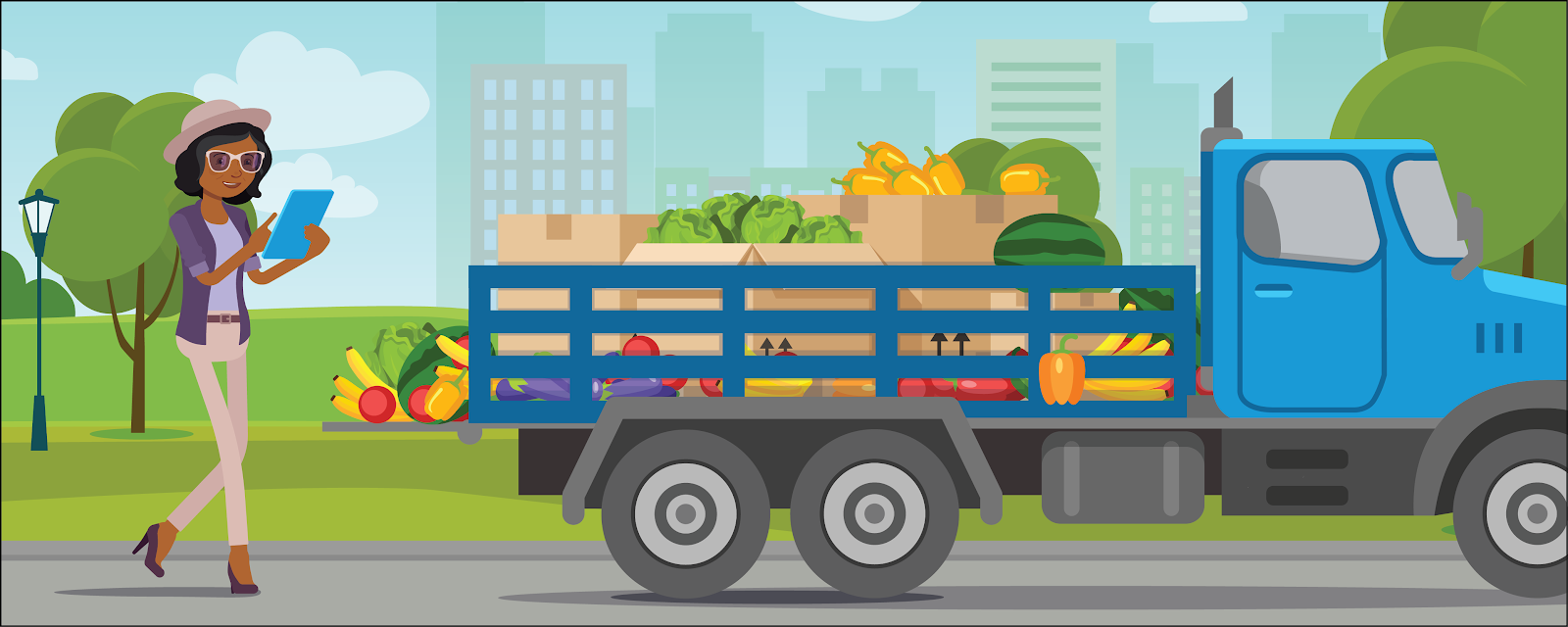
Compa is unusually large for a food bank, and they’ve come a long way from the early days of clipboards and yellow legal pads. Today, Compa uses Salesforce, NPSP, and other managed packages to serve thousands of people all over the Oxnard area. Tasha has also grown with them, gleaning wisdom from each moment of humility and confidence from every success, however small. She’s reflecting on that journey today as she drives to the airport to pick up her old college roommate, Maddie.

Meet a Salesforce Novice Food Bank: Hunger Northeast
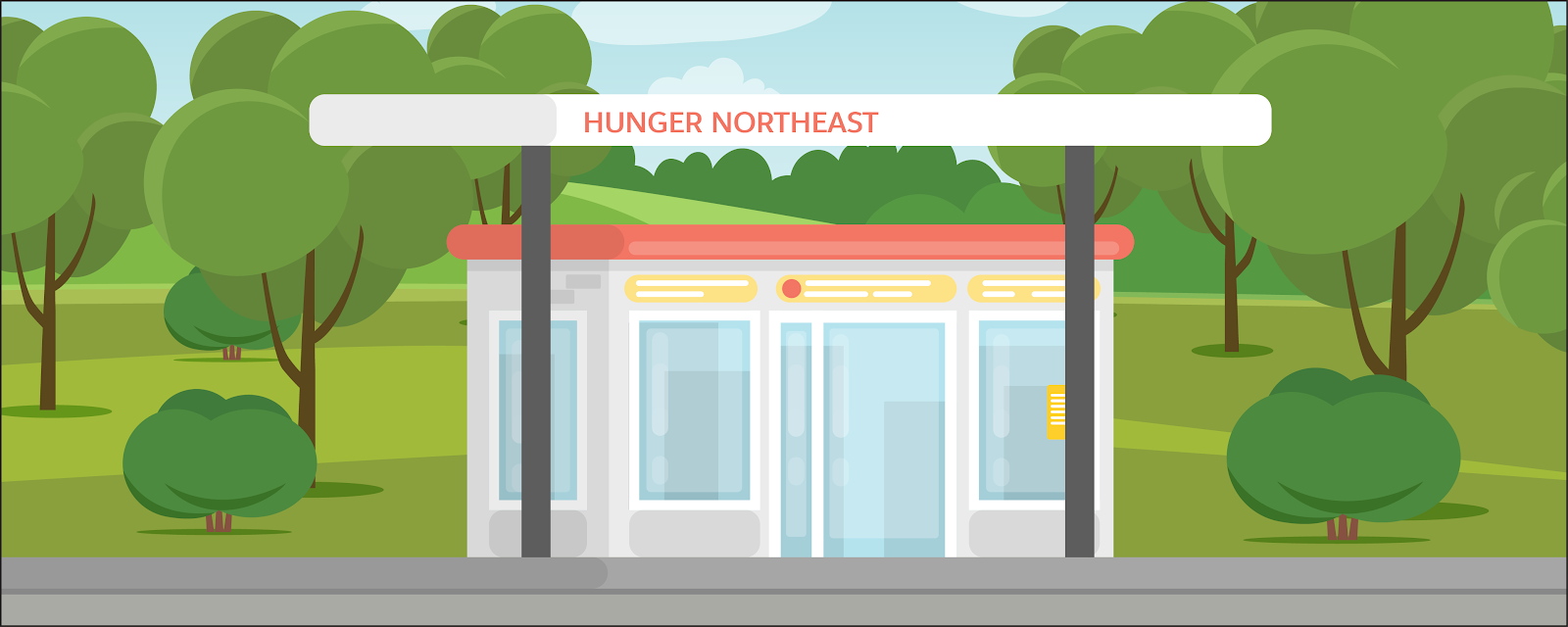
Maddie recently started a job at Hunger Northeast, a small food justice nonprofit that serves the rural regions of New England. Some of Hunger Northeast’s logistical challenges are similar to Compa’s, such as maintaining relationships with supermarkets and farms, as well as collection and distribution.
However, unlike Compa, Hunger Northeast has very few full-time staff. Everyone does everything at Hunger Northeast. There’s no Chief Impact Officer, or System Administrator, or any sort of “data” anything. Hunger Northeast manages all of the food and donor logistics manually with checklists, spreadsheets, and handwritten donor profiles that the staff stores in a file cabinet. The lack of logistical support has left Maddie feeling overwhelmed and frustrated.
Tasha decides to take Maddie to one of her favorite spots, Nardo’s Ice Cream shop, so Maddie can relax and enjoy the warm weather while they brainstorm ideas to address the challenges at Hunger Northeast.
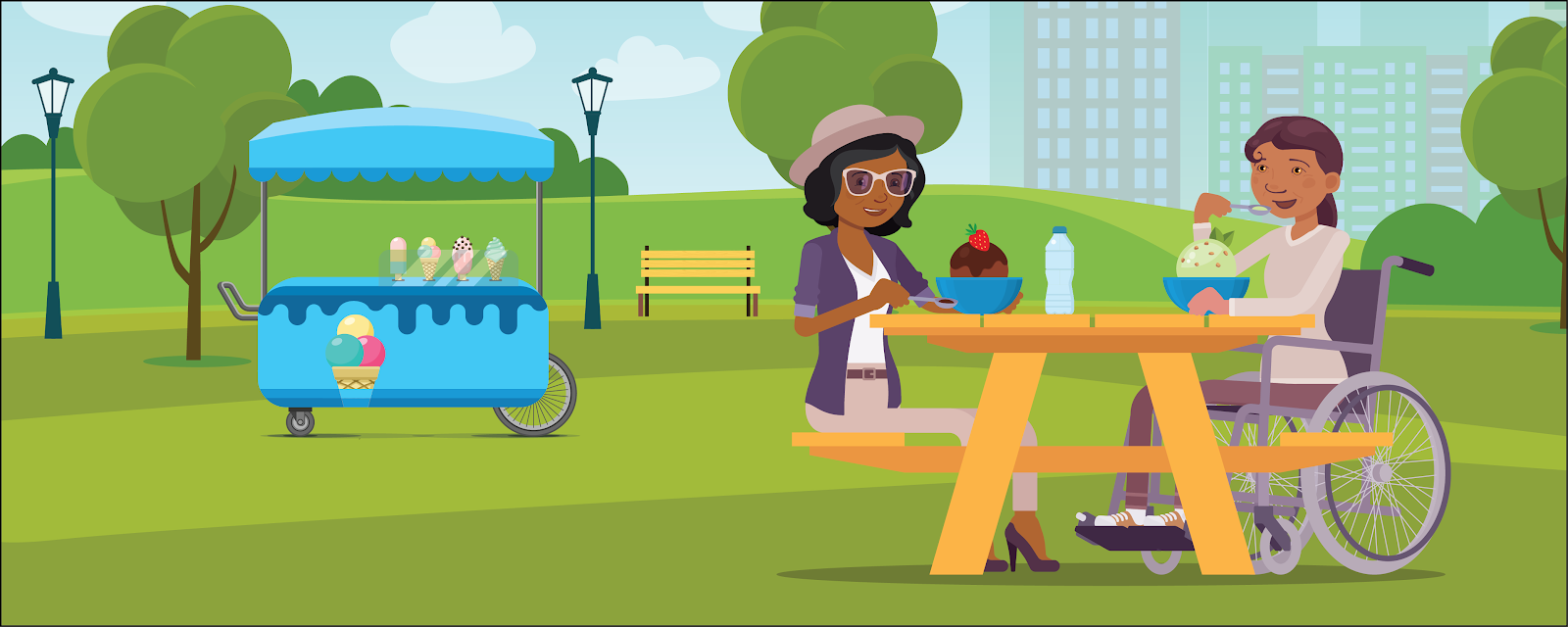
The challenges of the two food banks are similar, but Compa has overcome many of those challenges with technology. Tasha explains that many of the tasks that were tedious and time intensive to accomplish early on are now automated using Salesforce. Maddie sighs as she realizes how much easier her day-to-day would be if Hunger Northeast could use Salesforce like Compa does, but feels overwhelmed and not sure where to start. There just aren’t any resources or time to get Salesforce up and running at her organization.
Tasha thinks for a moment, then says: “Okay, we’ve got these sundaes… right?”
There are individual parts—ice cream, brownie, sprinkles—which are each good on their own, but you need all of them together to make a sundae. Tasha then explains how Salesforce is a lot like a sundae.
The Salesforce.org Sundae Model

Tasha starts by telling Maddie that a Salesforce org is a virtual space provided to a Salesforce customer that contains that customer’s data and applications, separate from all other orgs. When you log in to Salesforce, you’re in an org. So, you could think of Compa’s Salesforce org as the Compa sundae. Like a delicious combination of ice cream and toppings, Compa’s Salesforce org is made up of a number of ingredients that are exactly right for them.
The Bowl
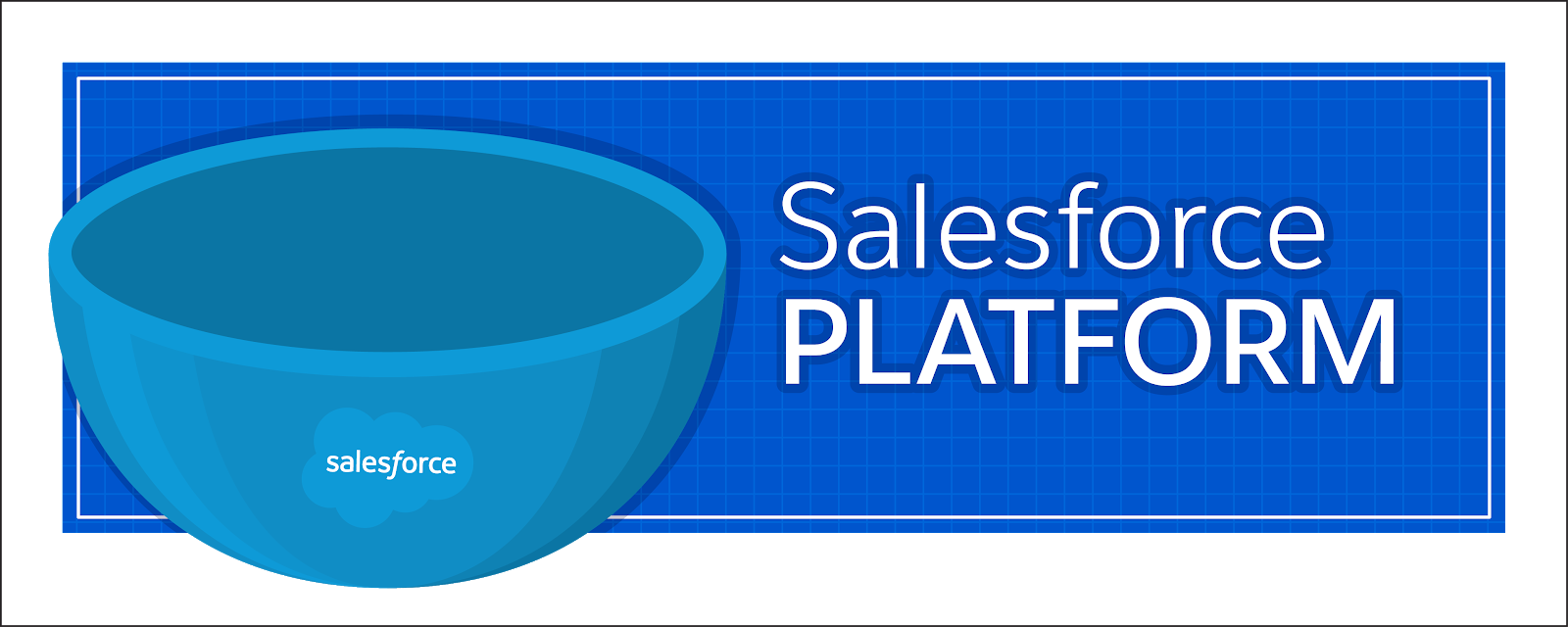
The Salesforce platform is the foundation of every Salesforce implementation. It’s like the bowl of your sundae, and you can’t have a sundae without it. You aren’t going to eat the bowl, obviously, but what would your sundae be like if the bowl weren’t there? Just a bunch of goop on a table. Not very tasty, and not very tidy either. The bowl holds your sundae together, just like the Salesforce platform holds together your org.
The Brownie
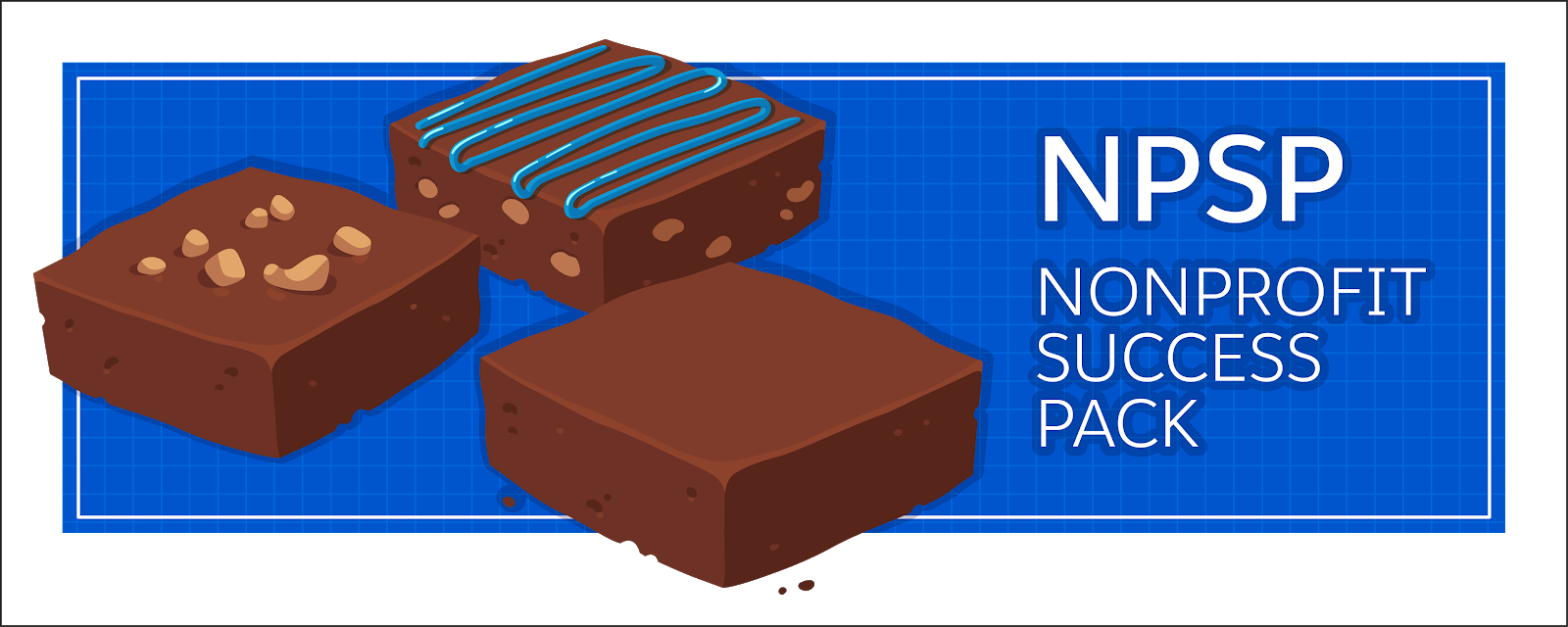
Next you need a base, because a sundae isn’t a sundae without a brownie as a bottom layer. We’re not just talking about a bowl of ice cream here, we’re talking about a sundae, and we need something with a little more oomph. For Compa, and just about every nonprofit using Salesforce, that brownie is Salesforce.org’s Nonprofit Success Pack (NPSP). NPSP is a product developed by Salesforce.org that has a little bit of what almost every nonprofit needs to get started using Salesforce. If Compa was an educational institution, their brownie would probably be the Education Data Architecture (EDA) product developed by Salesforce.org.
The Ice Cream
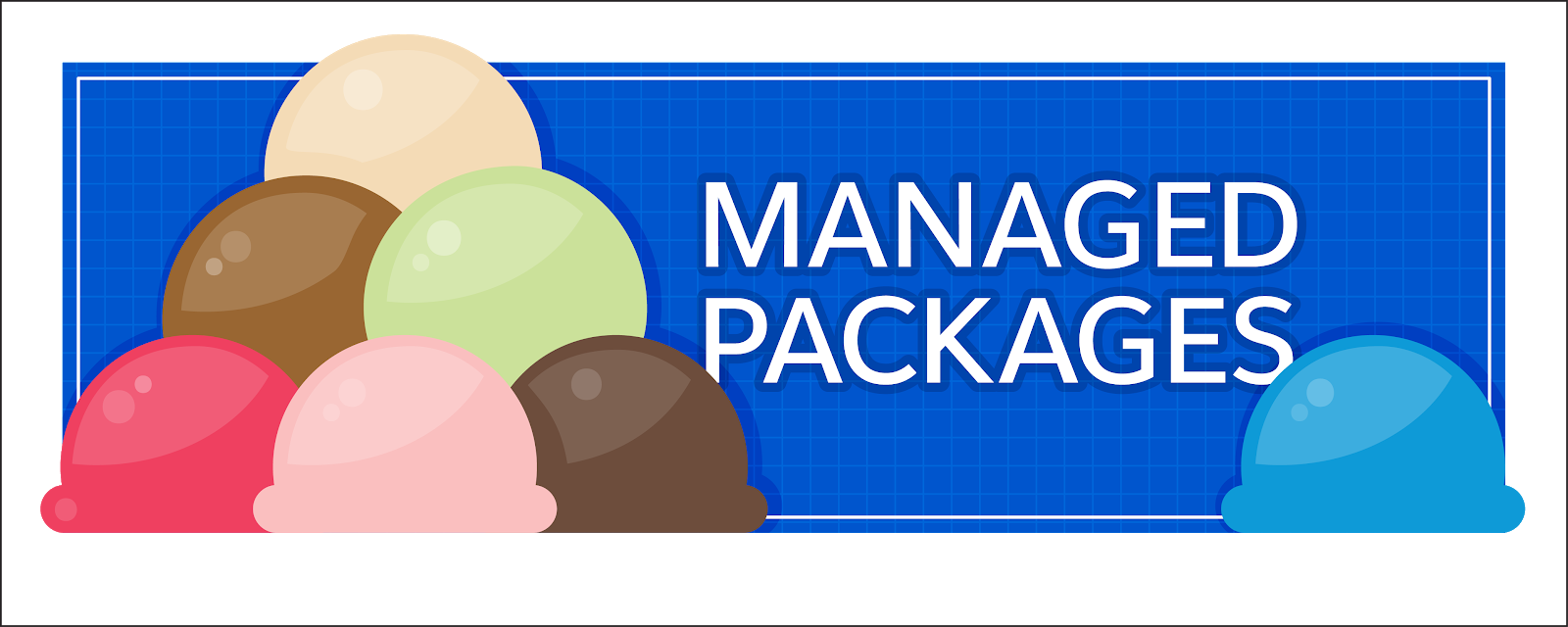
Now we’re getting into the good stuff, the ice cream. This is when you get to make Salesforce your own. Just like you can choose different flavors of ice cream for your sundae, you can choose different “managed packages” to use with Salesforce and NPSP. A managed package is the container for everything that makes up an application for Salesforce. Most products you install from the Salesforce AppExchange are managed packages. Compa uses the Outbound Funds managed package that helps track fund distributions to community-based farms.
Each managed package is like a different flavored scoop of ice cream. Your organization’s needs are unique, but there are infinite flavors, and combinations of flavors of ice cream to get you up and running with Salesforce. Best of all, as a nonprofit or educational institution there’s a good chance you won’t have to make your own ice cream, as there are many organizations out there who’ve already made the ice cream, and are willing to share it with you—for free!
The Toppings
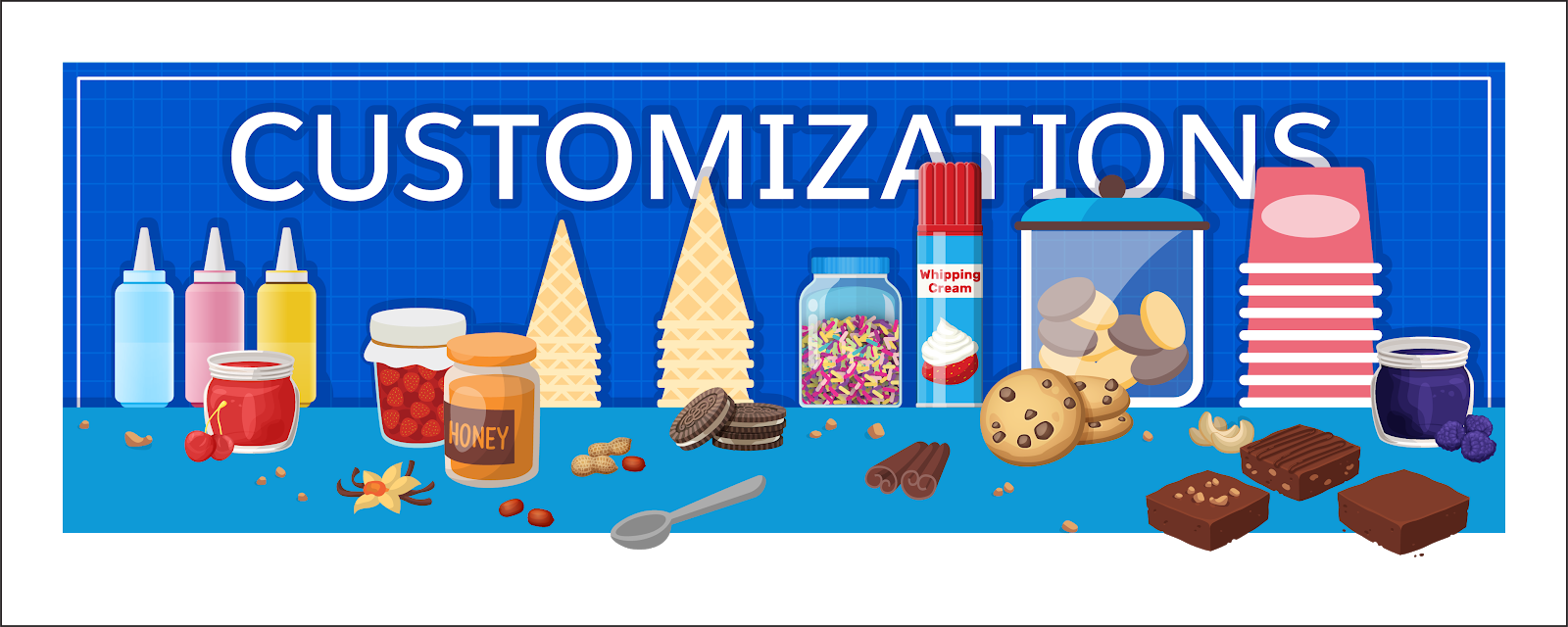
Finally we get into the toppings for your sundae. Toppings are like the extra Salesforce customizations your organization needs, added specifically for you. Most sundaes have toppings like sprinkles, chocolate syrup, whipped cream, and so on. It’s the same with Salesforce, and the only real limit here is your imagination.
You can finesse Salesforce to meet your exact needs—by adding a field, customizing picklist values, adding field validations, anything! Compa doesn’t deal with all that many farms, but the ones they do tend to give very large donations, so they need specific fields and options for large donors. By contrast, Hunger Northeast often deals with small donations from many local farms. They’ll need different kinds of fields and options to accommodate their diverse population of users. Both cases are easy with Salesforce customizations.
CumulusCI to the Rescue!
Maddie is excited about what she’s hearing from Tasha, but Hunger Northeast doesn’t have the capacity to build something that sounds so complex. If there were a way Tasha could just copy and paste part of Compa’s org to share with Maddie, that would be one thing, but she isn’t sure that’s possible.
Luckily, Tasha thinks there might be a way.
“I was talking to my friend Isabel the other day,” she tells Maddie, “and she was telling me about something called ‘CumulusCI’ that I think is about sharing Salesforce stuff.”
Resources
- Trailhead: Salesforce for Nonprofits Basics
- Trailhead: Education Cloud Basics
- Documentation: CumulusCI Partner Fundamentals (available to Salesforce Partners only)